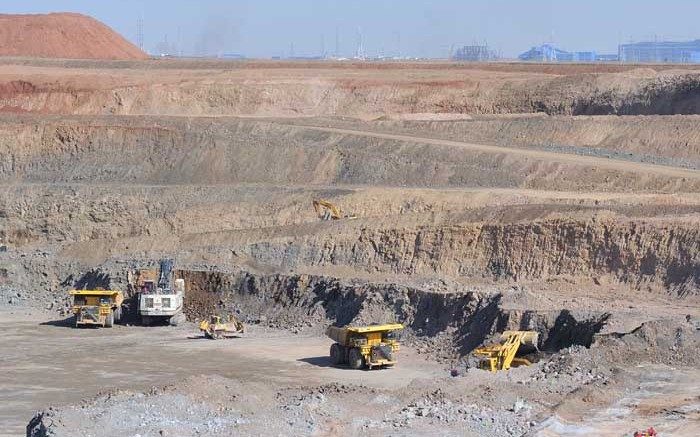The mining sector makes up 20% of Mongolia’s gross domestic product (GDP), 40% of its budget income, 85% of its investment and 90% of its exports, but the uncertainty that permeates everything from the security of mineral tenure and resource rights to the enforcement of commercial contracts has taken a toll on foreign direct-investment levels, private-sector growth and the nation’s foreign debt, warns Dale Choi, the Ulaanbaatar-based founder of Independent Mongolian Metals & Mining Research.
Foreign direct investment in the country has fallen off a cliff since August 2012, plunging 47% year-on-year. While foreign reserves deplete at a burn rate of US$175 million a month, foreign debt has ratcheted up to 54% of GDP, and there has been an 18% depreciation of the Mongolian currency against the U.S. dollar, according to Choi’s statistics.
Calling the current economic crisis in Mongolia “largely self-inflicted” — unlike the financial crisis of 2008 — Choi argues that Mongolia’s leadership has to get its act together if it hopes to reverse the collapse in foreign investment and reassure foreign companies that it is open for business, and that there are laws in place to protect their investments.
“The fall session of Parliament commences Oct. 3, and while well overdue, legislative change is a potential positive development in the near-term. Without flagship transactions and resolution of key security of tenure uncertainties we do not believe the foundation for a return towards private-sector growth will be provided,” he says.
The uncertainties go much further than the impasse on project financing that led Turquoise Hill Resources (TSX: TRQ; NYSE: TRQ) to announce in August that it would delay developing the underground Oyu Tolgoi copper-gold mine. They include erratic progress on a draft Minerals Law, royalty-rate debates and the extent of state ownership. Other issues that worry investors are the concept of strategic deposits, fitful moratoriums on exploration licences, and, more recently, the fate of 106 licences caught up in a government corruption scandal.
The latest concerns developed in January when criminal court cases involving high-ranking officials in the Mineral Resource Authority of Mongolia (MRAM) brought into question the legal rights and interests for the 106 exploration-licence holders. Two of those involved in the case are D. Batkhuyag, the former head of the MRAM, and L. Davaatsogt, the former head of geology in the mining department.
Kincora Copper (TSXV: KCC) is one of the foreign companies that holds title to two of the 106 Mongolian licences in question. In a corporate update to investors, the company said that it is monitoring its Tourmaline Hills and North Fox licences, 250 km from the Chinese border and 140 km from Oyu Tolgoi.
In Kincora’s case, it has spent $1.85 million in exploration on the two licences already. “The acquisition of the licences followed full-detailed due diligence, with the licences confirmed to be in good standing by the MRAM,” the company stated.
The junior estimates that the 106 licences “cover a land mass approximately six times larger in surface area than active-mining licences in Mongolia.”
“Issues like the 106 case significantly impacts both current activities and the next generation of projects,” Choi notes, adding that he believes some of the foreign groups tangled up in the investigation of the MRAM officials “have already left the country,” while others may do the same “if an adequate resolution is not agreed upon in a timely manner.”
Like most Mongolia watchers, however, Choi agrees that progress at Oyu Tolgoi is needed to lift confidence. “OT needs to be successful to support positive investor sentiment toward Mongolia and further significant foreign direct investment,” he writes.
He says that developing the underground operation was expected to produce a third of the country’s GDP. “Originally it was expected that by now a US$4.2-billion project financing package — the largest of its kind ever in the global mining industry — to advance the underground mine would have been secured,” he adds. Instead, “approximately 2,000 jobs have been lost, with a similar number still at risk.”


Be the first to comment on "Mongolia confounds investors"